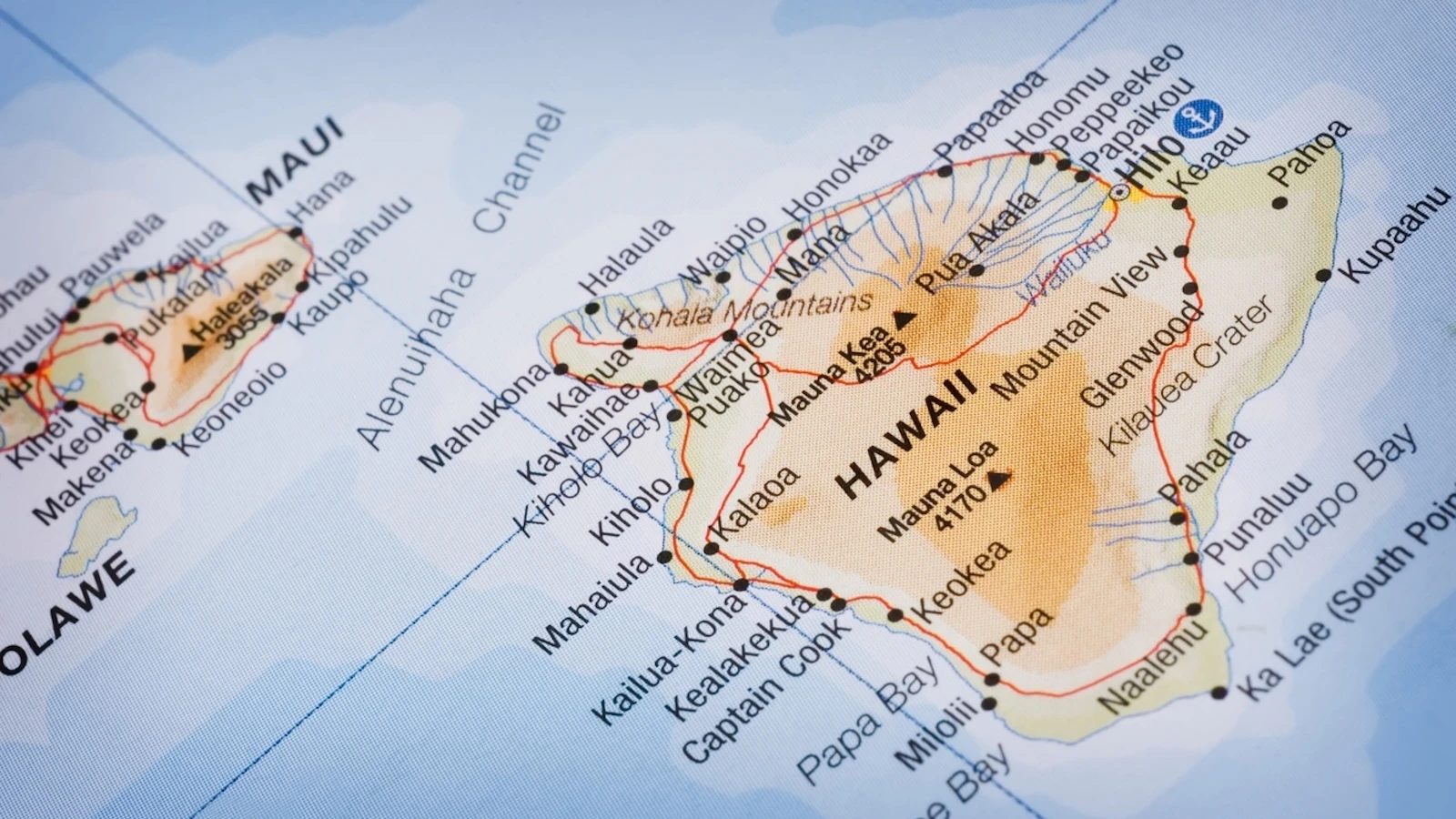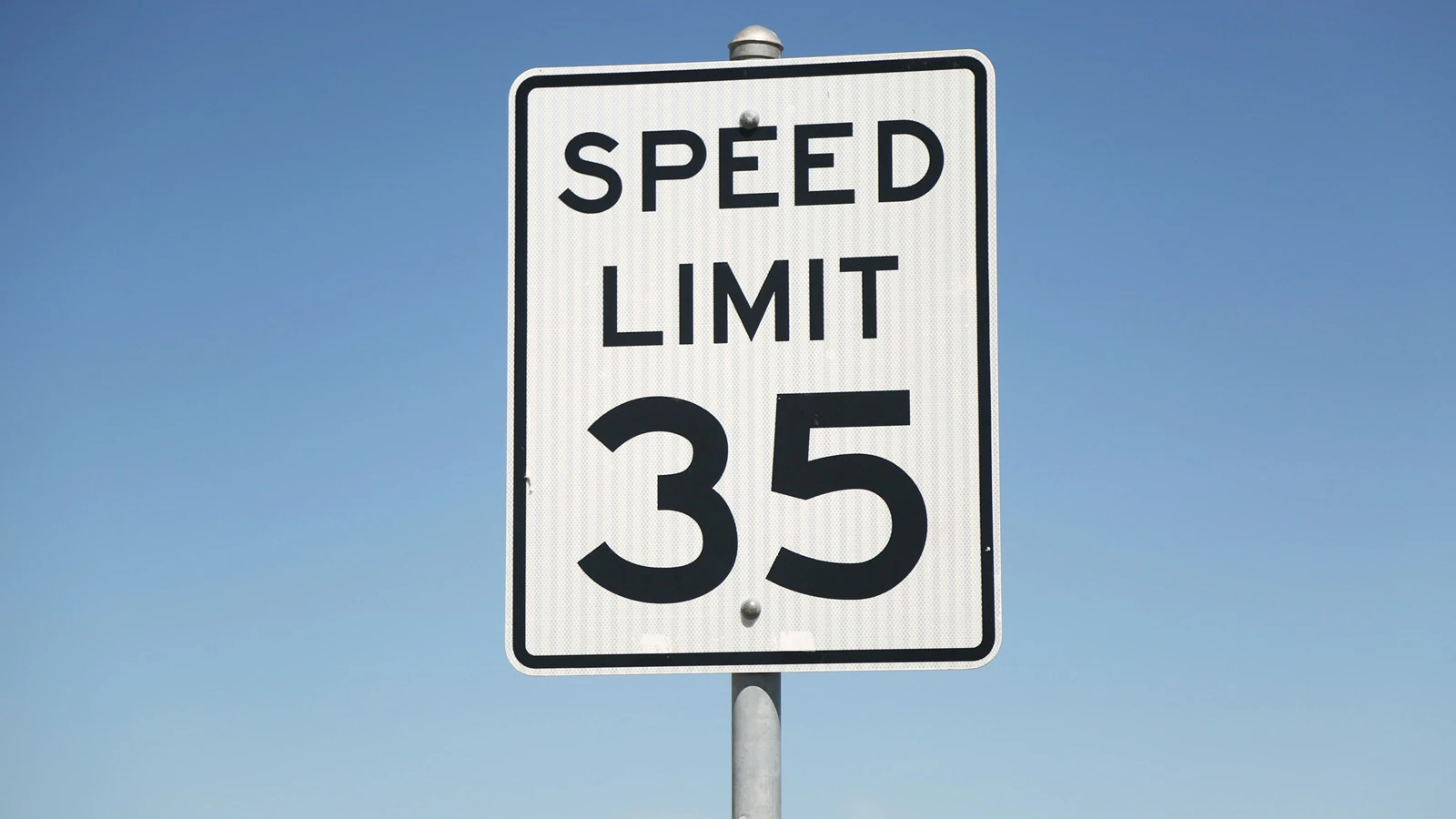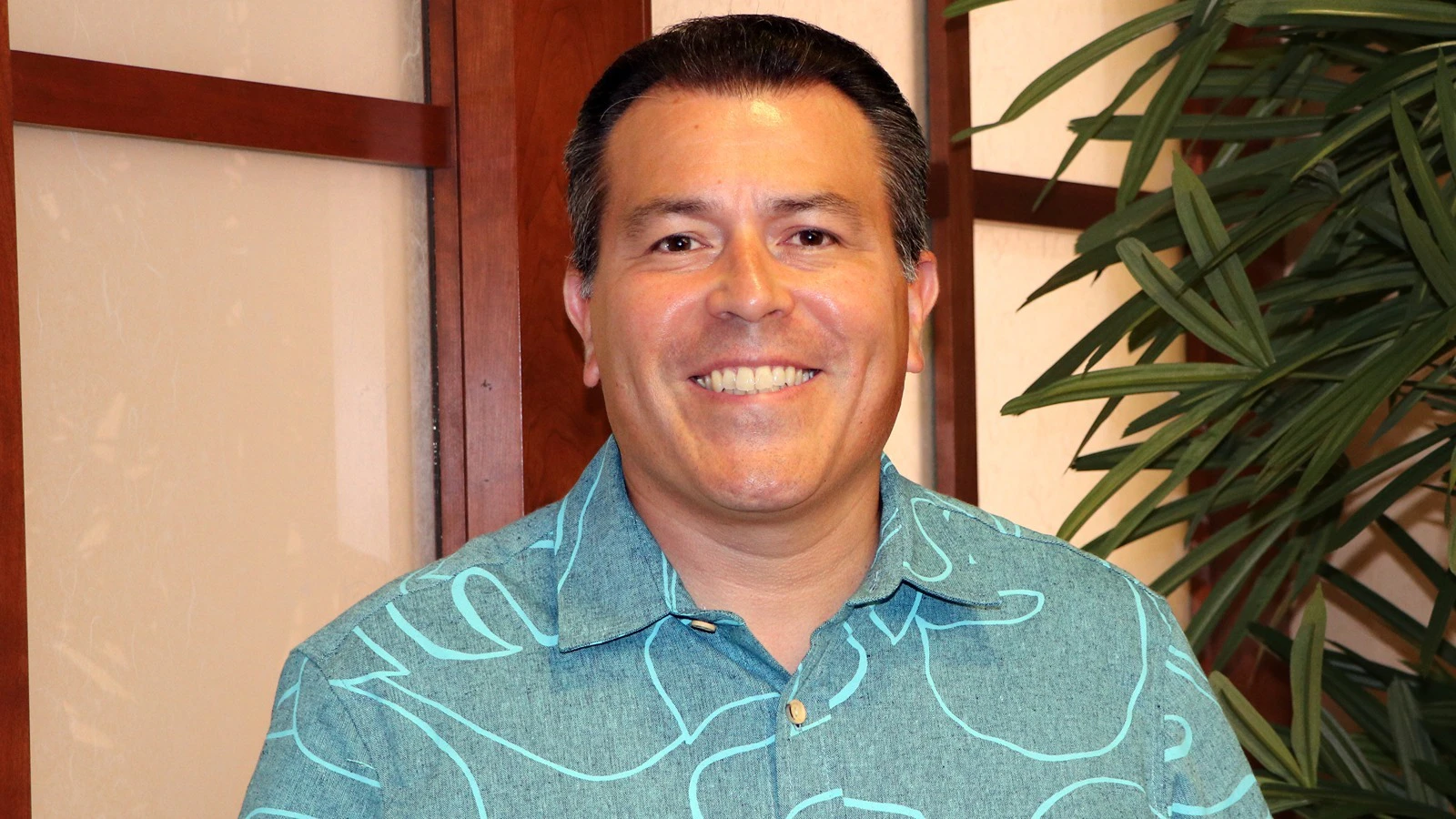In the wake of changing federal policies — which will impact the visitor industry and many aspects of life in the Islands — Hawai‘i is poised to enter a "mild" recession next year, according to a second-quarter economic forecast from the University of Hawai‘i Economic Research Organization.
You can read the full report online. A university spokesperson told Aloha State Daily, "This is UHERO's best forecast based on currently available data."
Here are five takeaways from the forecast and the economists who authored it:
— During a news conference last week, Aloha State Daily asked UHERO economists what this means for the average resident in Hawai‘i. Economist Steven Bond-Smith said that for most people, a recession won't amount to a lot of change.
If you're not switching jobs or in the middle of a large purchase, like buying a new house, "a lot of things don't necessarily change a whole lot."
It will, though, affect some, he says, like new graduates just entering the job market. People who are thinking about leaving their job may decide to hold off. Those in uncertain positions, like someone who could lose their job or who might not get a pay raise in the coming years, might hold off on big expenditures, like buying a new vehicle or going on a vacation.
"This is what slows down," Smith-Bond said. "That's what affects every consumer across the U.S. and a lot of those consumers coming on vacation to Hawai‘i and they might hold back on that. The same pressures that affect all those U.S. consumers will also be affecting Hawai‘i consumers, but then it's compounded because the thing that we're best at — a comparative advantage in tourism — is one of the things that consumers really cut back on during a recession."
— Bond-Smith said import tariffs imposed by the current administration are much higher than expected and "policy shifts on tariffs have created quite a significant uncertainty."
Federal job cuts and spending cuts also will slow the broader U.S. economy, he said.
These affect Hawai‘i in two main ways.
In the near-term, Bond-Smith says that the number of international visitors will slow "as travelers respond to the geopolitical situation and things like stricter vetting policies at the border."
Domestically, he says tariffs will affect business and consumer confidence, and create "significant uncertainty" that limits spending — which will then also reduce the number of visitors to the Islands.
— Total visitor arrivals are projected to decline 4% over the next two years — a drop of about 400,000 visitors from nearly 9.69 million visitors to the state in 2024. Visitor spending is also expected to fall by $1.6 billion by 2026, from about $19.7 billion in 2024 to approximately $18.1 billion projected for next year, according to UHERO.
"All counties will see declines in visit-related employment," UHERO noted in the forecast. "A full recovery of visitor arrivals is not expected until 2028."
— UHERO forecasts a nearly 1% reduction of jobs next year, with the biggest losses in public sector and visitor-related jobs.
Hawai‘i's federal workforce could lose 2,300 of its 35,500 civilian positions due to spending cuts, the forecast notes, "and spending cuts will reverberate through local government and nonprofit sectors dependent on federal funding."
According to UHERO, tariffs will increase inflation, which is expected to remain above 4% in Honolulu through the next year.
"It's important to note that although Hawai‘i imports a lot, tariffs only affect the international imports," Bond-Smith said. "It's not clear that Hawai‘i consumers are any more exposed to international tariffs than other states."
— Construction remains a bright spot in Hawai‘i's economy — for now. The industry is currently supported by public infrastructure projects and the rebuilding of Maui.
But tariffs on imported materials, as well as labor constraints, will impede future activity and by 2027, UHERO says "construction employment will gradually recede."
Economist Justin Tyndall spoke of large, ongoing capital projects — including military upgrades in Pearl Harbor and others — and said during the news conference that the construction outlook generally looks "pretty stable and unaffected by federal policy."
"In the longer-term, if we do enter into a sustained economic downturn, inevitably there'll be cutbacks everywhere, potentially including capital construction, but I think at this point, we don't have that much information that suggests we're going to have significant cutbacks in big government projects."
Aloha State Daily asked the economists what effects tariffs will have on the overall construction industry — and how that might impact housing development within the state and the rebuilding of Lahaina.
Unsurprisingly, Tyndall said housing is already "quite difficult to produce" in Hawai‘i, and the effects of the tariffs will make it even more difficult. About 7% of raw construction materials for housing in the U.S. are imported, he noted.
"Talking to developers, there's a lot of concern about the ability to get appliances and fixtures for buildings," Tyndall continued. "A lot of those supply chains run through China and would be very exposed to these tariffs on China. Completing housing in Lahaina and elsewhere, it's probably going to become more difficult, particularly if the tariffs in China stay in place."
That's already in flux since the forecast was issued late last week.
The Los Angeles Times on Monday reported that U.S. and Chinese officials agreed to rollback most of their recent tariffs "and call a 90-day truce in their trade war to allow for more talks on resolving their trade disputes."
According to reporting from the Times, citing U.S. Trade Representative Jamieson Greer, "the U.S. agreed to drop its 145% tariff rate on Chinese goods to 30%, while China agreed to lower its rate on U.S. goods by the same amount to 10%."
In terms of the overall cost of producing a house, Tyndall says there won't be an "enormous effect."
"I think maybe the bigger effect is all of the uncertainty developers are going to face," he said. "Talking to developers, there's already some, I think, interest in delaying projects to wait for more certainty in terms of financial markets, what the demand for housing is going to be, whether they are able to time imports to avoid tariffs. I think all of those put additional drain on our ability to produce housing. It could significantly delay projects because certain materials can't be found easily and generally put even more upward pressure on home prices because the ability to repair or build new housing becomes a bit more expensive."
Stephanie Salmons can be reached at stephanie@alohastatedaily.com.





